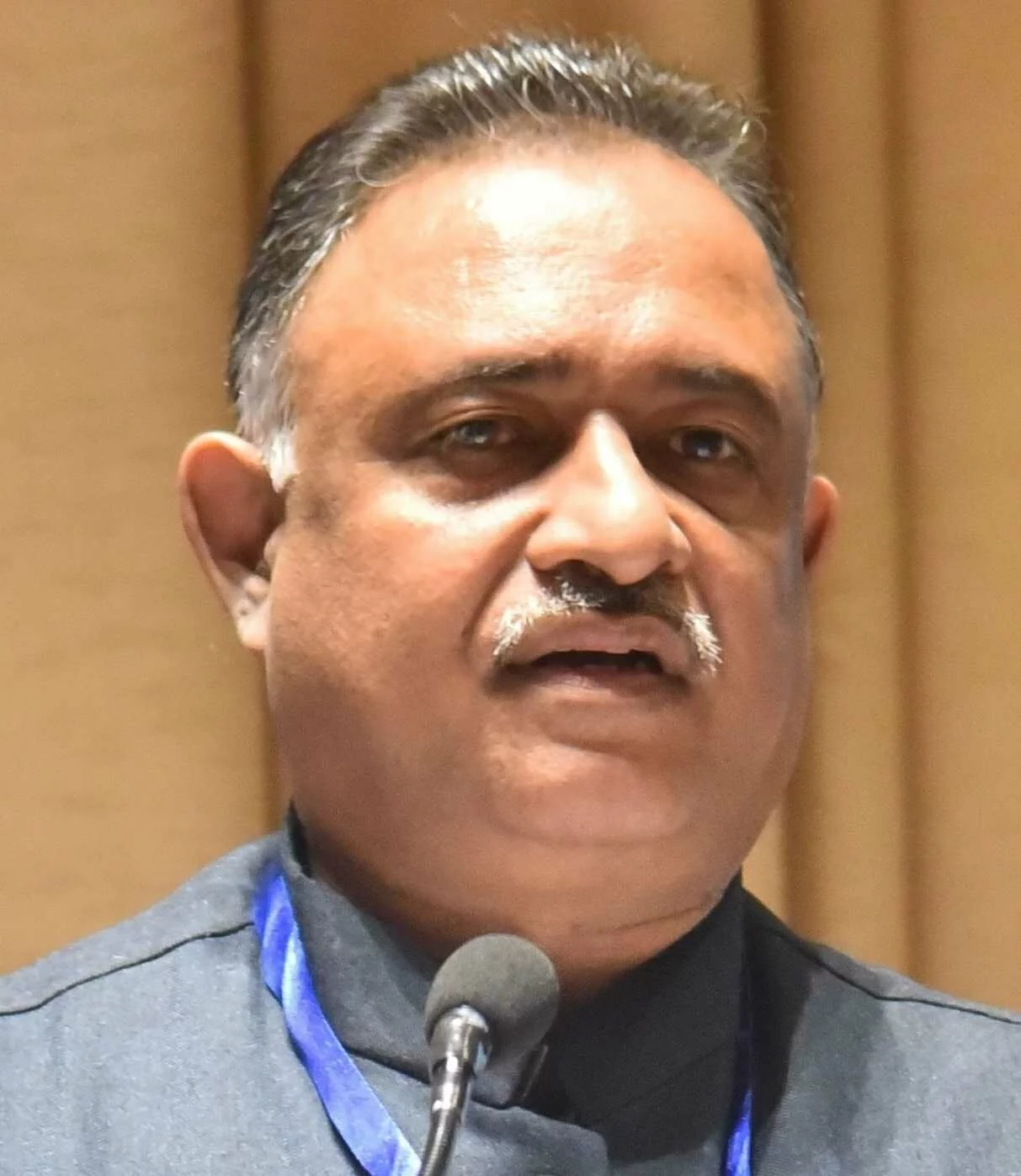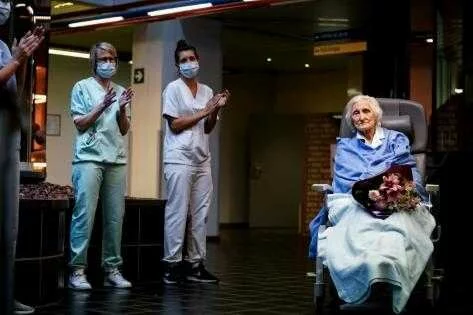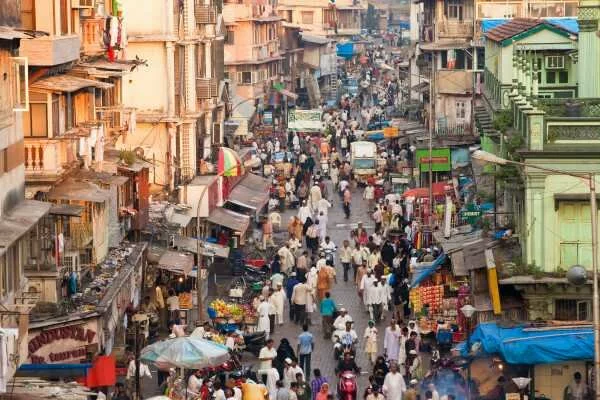
IT’S LOCKDOWN TIME, YET ROAD ACCIDENTS HAPPENING?
- 2020-05-11 15:19
- By intheedition.wordpress.com
Despite the lockdown restrictions, people are riding around on flimsy reasons without using seatbelts and helmets, and traffic junctions being unmanned and traffic lights switched off, essential and commercial vehicles including ambulances are plying at excessive speeds leading to accidents, writes GEORGE CHERIYAN and MADHU SUDAN SHARMA India is under the nationwide lockdown from March 24, 2020, limiting movement of the entire 1.3 billion population of the country, as a preventive measure against the spread of COVID-19 pandemic with the clear instructions to remain at home. Ideally there should not have been any road accidents during this lockdown period, because no public transport was allowed and movements of private vehicles were strictly restricted other than essential/emergency services. In the initial weeks of the lockdown, the country had seen an exodus of migrant workers, thousands walking back hundreds of kilometers to their home village in the absence of any public transport. Four migrant labourers from Rajasthan were crushed to death and three others injured when a speeding truck ran over them at Bharol village in Virar on Mumbai-Ahmedabad highway; Three members of a family died in a road accident while walking from Delhi to their home in Uttar Pradesh’s Fatehpur district, a distance of around 500 kilometers. Another major reason for increasing road accidents during the lockdown period were the decision of several State Governments to send dozens of buses to bring back migrants workers and students back to the State, before the Centre Government agreed for arranging trains for long distance travel of migrant workers. As many as five persons were injured after the bus ferrying migrants from Surat to Odisha’s Ganjam district overturned near Karanja on Nagpur-Amravati National Highway (NH) in Maharashtra. One person died and five others were injured when a bus ferrying around 40 Odia migrant workers from Telangana rammed into a fruit-laden truck in Odisha’s Khurda district. Another very important reason is the delay in making corresponding rules of the new Motor Vehicle Amendment (MVA) Act, 2019, which came to force in August 2019. If the Central Government and all the states and UTs would have implemented and enforced all the new provisions of the MVA Act, 2019, including the enhanced penalties and electronic monitoring, then we could have saved more lives during the lockdown period.

Belgian coronavirus survivor leaves hospital after turning 100

The Future of Diversity and Inclusion in American Tech Provides Opportunity for India's Tech Talent

AP Explains: India scrambles to curb virus after late start
